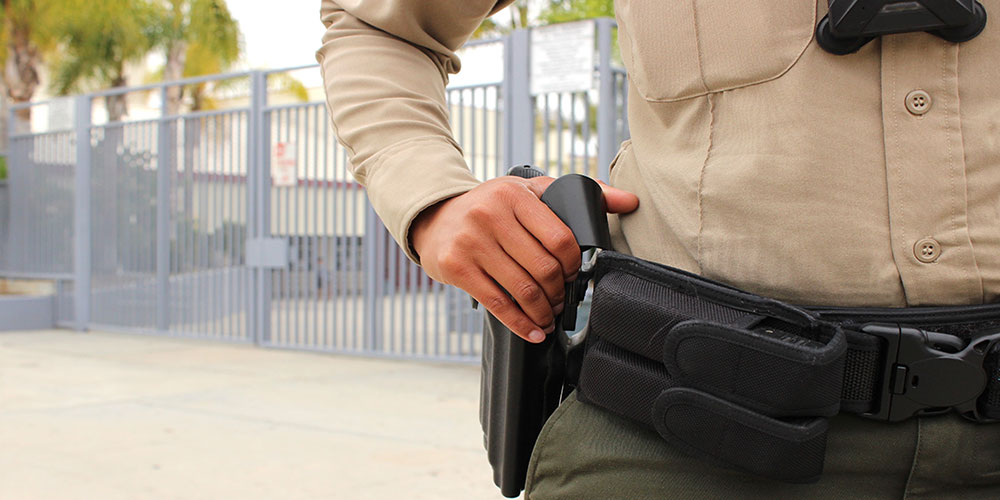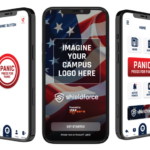Public focus on school security continues to increase. A Fall 2023 study found parents and teachers are much more concerned about school safety now than they were five years ago. Public policy is shifting as well, with the Justice Department announcing increased funding nationwide for law enforcement measures, including school security, in November of 2023.
While any efforts to secure schools are likely better than none, I feel compelled to note that simply putting more law enforcement personnel on campuses has not proved effective. What is the alternative? A holistic, proactive approach designed to kindle relationships. My career in the U.S. Secret Service and my current work at a security consultancy have shown me that bringing the school community together — alongside security experts — with a common goal and a supportive culture is the best way to achieve school safety. To do that, I recommend a process of three parts:
- Relationship building
- Custom security assessment
- Ongoing preparation to ensure schools can execute their safety plans at a critical moment
Building Relationships in Schools
When enforcement is the focus, it rarely works. Having a security officer stationed in a school, unfamiliar to students and staff, waiting in isolation to react to a threat, does little except perhaps reduce response time in an emergency. But if that same officer spent their time creating strong bonds with those around them, they would unlock several important security benefits.
First, students who know and trust their school officer are more likely to come to them with concerns. This gives law enforcement more eyes and ears on potential threats, and therefore a greater chance of curtailing those.
Second, the officer may be a source of help, deterrence, and understanding for students who might otherwise, for lack of a caring figure in their lives, be driven down a path of violence.
And third, strong relationships allow us to foster engaged school communities with a culture of anti-violence. Whereas an officer who is cut off from students and staff can only affect the particular area they occupy at any moment, an officer working to achieve a positive culture can extend their influence down every hallway and into every classroom at once.
Individualized School Security Assessments
Dozens of factors coincide in each school to create a unique security profile. Therefore, security experts should not conduct site assessments as if they are following a recipe. Deep analysis and creative problem solving are crucial to discover the actions that will have the greatest impact in a given case.
Physical risks must be accounted for, but beyond that, what processes does a school have in place to meet safety threats? What training, if any, do staff receive? How often do administrators revisit their procedures? What are the characteristics of the school population? What school resources or even local resources might staff and students turn to in the name of safety?
There is no single solution to the challenge of securing schools, so we must ask insightful questions and customize site assessments to address what isn’t visible at first glance.
Ongoing Preparation
It’s easy to draw up a plan ensuring that your current resources will support it, but we live in an ever-changing world. Failing to make updates can cause uncertainty, delay, and error when the time arrives to implement the plan. The final part of an effective approach to school security is a commitment to regular updates and training.
Once a year, schools should review their emergency operations plans and check them against any changes that have occurred since the last inspection, talk to involved personnel, and ensure available resources match needs. This prevents a gap from opening between the plan and its implementation, which is one of the biggest problems my company sees schools facing today.
The bad news is that a degree of doubt is inevitable in this line of work. There are no guarantees of safety. That said, I am confident that as long as we remember to harness the power of human relationships and to be proactive rather than reactive, we can make schools much more secure.
The mission of keeping students and educators safe deserves solutions that go beyond mere enforcement. So, let’s provide them.
Jason Russell is the Founder and President of Secure Environment Consultants. As a former Secret Service agent, Jason started SEC in the wake of Sandy Hook to bring White House-level threat assessment and protection to schools and businesses.
Note: The views expressed by guest bloggers and contributors are those of the authors and do not necessarily represent the views of, and should not be attributed to, Campus Safety.













